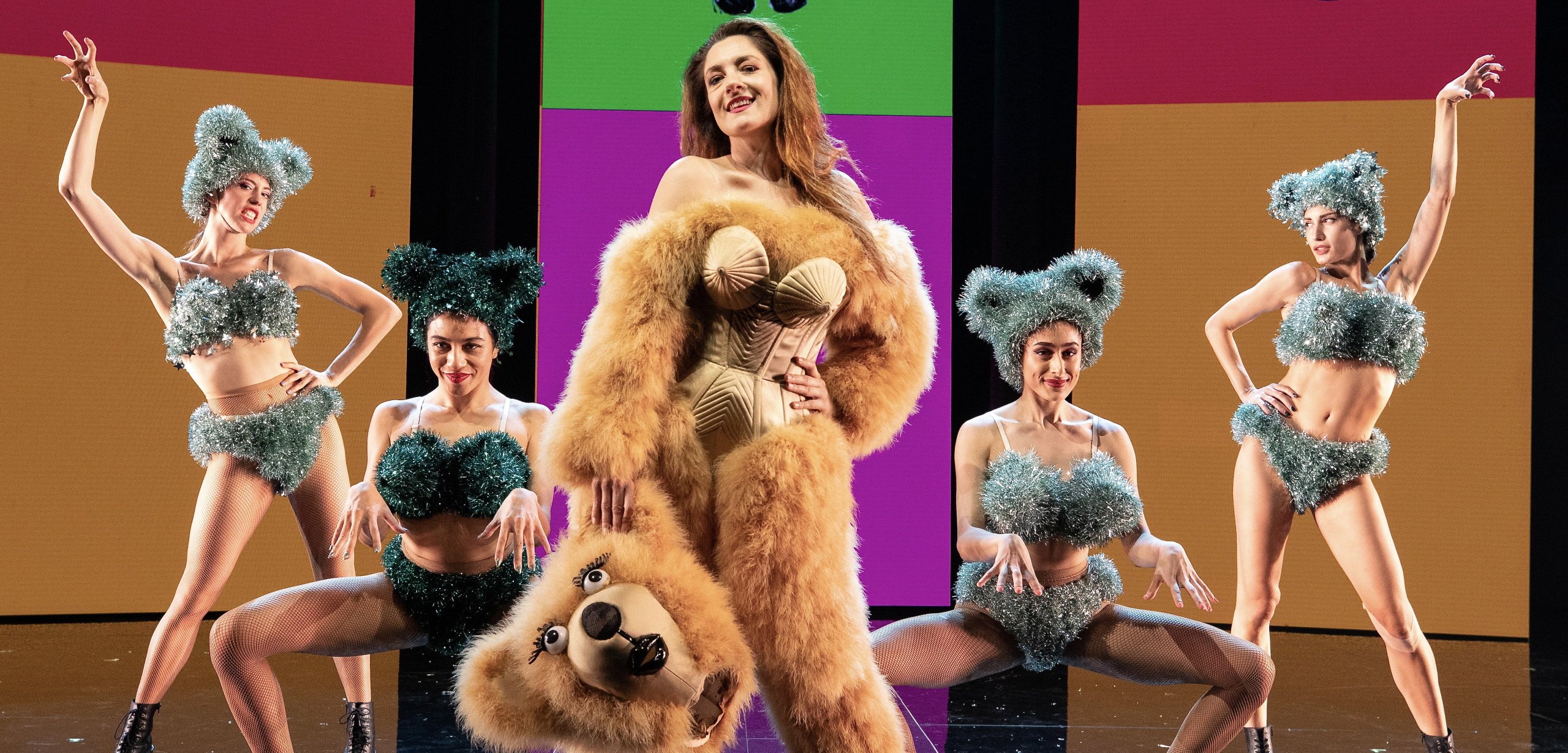A flippant expose of the country and people who will host this year’s Paris 2024 Olympic Games. This week Editor at Large Louise Evans runs her tape measure over French fashion.
French fashion designers never die – they simply morph ever so elegantly into another medium.
And so at the age of 72, Jean Paul Gaultier is coming to Australia. Or at least his fabulous Fashion Freak Show is.
You don’t need to be Vogue editor-in-chief Anna Wintour to get a front row seat either. Tickets are available to anyone regardless of attitude or outfit.
Gaultier’s show is a unique stage production that’s written, directed and designed by the French icon himself and combines a wild fusion of fashion, dance and music.
After seeing the show in London, Australian author Kathy Lette tweeted that it was a combination of disco, rock, pop, punk, funk, fashion, memoir and sadomasochism.
“I’m not quite sure what to call Jean Paul Gaultier’s Fashion Freak show, but I do know it was fun,” Lette said.
The storyline is autobiographical, based on Gaultier’s personal and professional life set against a backdrop of political and cultural changes over some 50 years.
Of course Gaultier’s conical bra, made famous by Madonna, features in the show which will be the centrepiece of the Brisbane Festival from August 30 for two weeks.
The flamboyant designer, who has retired from the runway, revealed that he was nine years old when he first designed the pointy under/outerwear bra for his teddy.
When his parents refused to buy him a doll, Gaultier turned his teddy into his muse complete with dyed hair, make-up and costumes. A enfant terrible was born. Naturally, teddy bears with conical bras form part of the Fashion Freak Show.
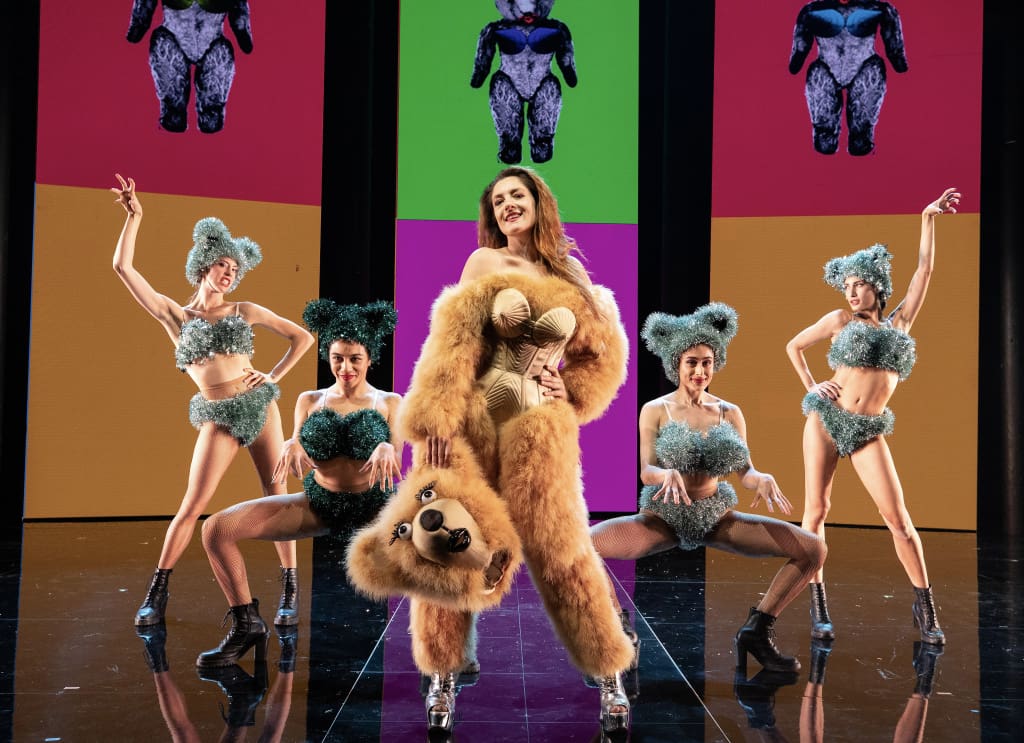

London, Milan and New York may scoff but when it comes to fashion, French designers have cornered the market. Here’s a top-heavy hit list – Christian Dior, Coco Chanel, Louis Vuitton, Thierry Hermès, Hubert de Givenchy, Jeanne Lanvin, Yves Saint Laurent, Pierre Cardin, Christian Louboutin, and Guy Laroche.
There’s more of course but it demonstrates that while London may flaunt Vivian Westwood, Stella McCartney and Alexander McQueen, Italy is proud of Versace, Gabbana and Prada and New York boasts Ralph Lauren and Calvin Klein among others – Paris is the global fashion capital.
Even the language of fashion is French – haute couture, pret-a-porter, avant garde, chic, boutique, mannequin, lingerie, cravat, culottes, corset …
French fashion is big business too. According to Statista, the German platform specialising in data gathering and reporting, revenue from the French fashion market is projected to reach $US16.63 billion ($A25B) in 2024 and grow at an annual rate of 6.51 per cent, resulting in a projected market volume of $US22.80 billion ($A35B) by 2029.
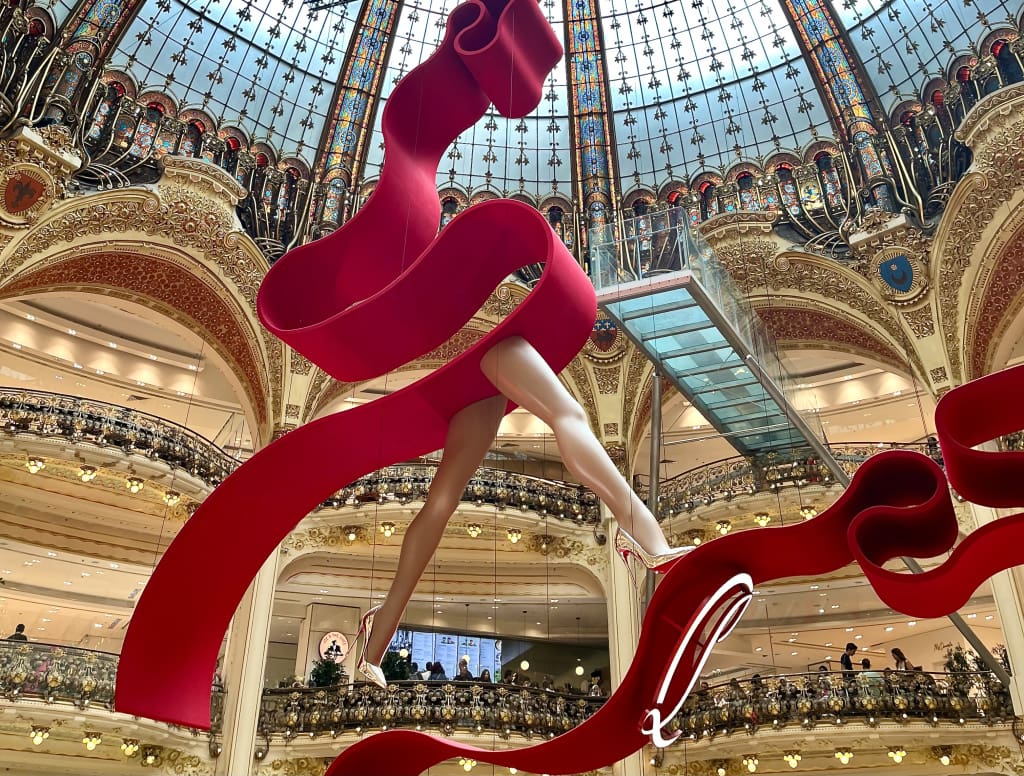

And a study by the Institut Français de la Mode (Fashion Institute) found fashion and associated businesses represent €154 billion ($A250B) in direct and indirect value to the economy, representing 3.1 per cent of GDP, and generate about one million jobs in France.
One of the most celebrated bon vivants responsible for establishing this booming market and world domination was Louis XIV, who helped stitch fashion into the heart of French economic production, social distinction and cultural identity in the 17th century.
Louis’s lavish attention and expenditure on interiors, architecture and landscapes at his palace in Versailles also applied to his wardrobe – making him the original power dresser and influencer.
His insatiable desire for luxury fabric, immaculate detailing, jewels, volume, and big hair became a hallmark of the Baroque era and established France as the world’s leading capital of haute couture.
Louis used his wardrobe to inflate and flatter his image, reinforce his status and power and make him not just the best dressed but the blessed dressed – anointed by god. He was the Sun King after all.
He even turned getting dressed into a spectator sport with his nobles fighting for the right to hand him his heeled shoes.
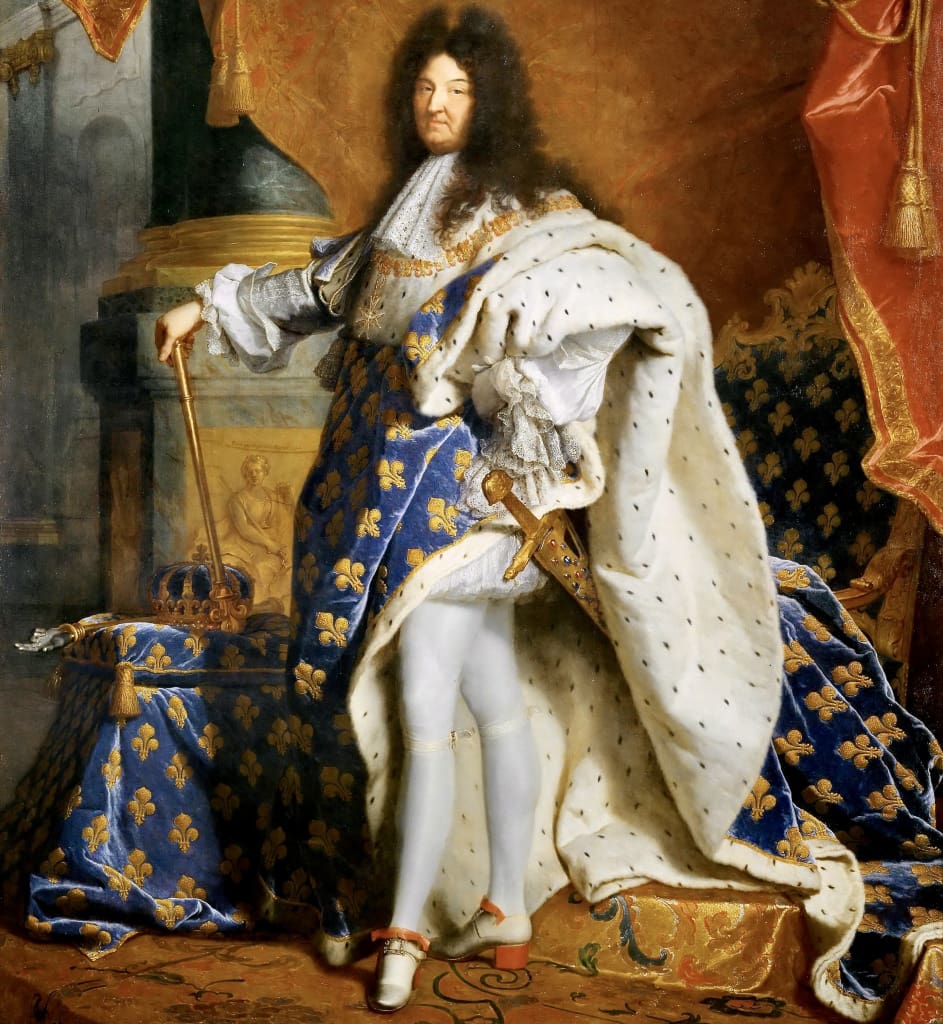

Louis is responsible for inventing the ensemble of matching separates which morphed into the latter-day suit worn to both work and weddings worldwide.
Louis also passed a law creating the Parisian seamstresses’ guild for women who made and sold women’s and children’s clothing, and existed alongside the tailor’s guild.
As time marched on beyond the reign of Louis XIV, the French maintained their penchant for fashion – even when they were revolting.
Hence the rise of the sans-culottes army made up of the French lower classes whose dress identified them as patriots and republicans when they fought for liberty and equality during the French Revolution (1789-1799).
Culottes were fashionable silk knee-length pants worn by the nobility in the 18th century. Being urban and rural labourers, the sans-culottes wore long trousers. And so French fashion changed the course of history.
The rebels also adopted the red Phrygian cap, known as a “liberty cap”. It looks like a beanie with a soft floppy peak and it came to symbolise the republican cause.
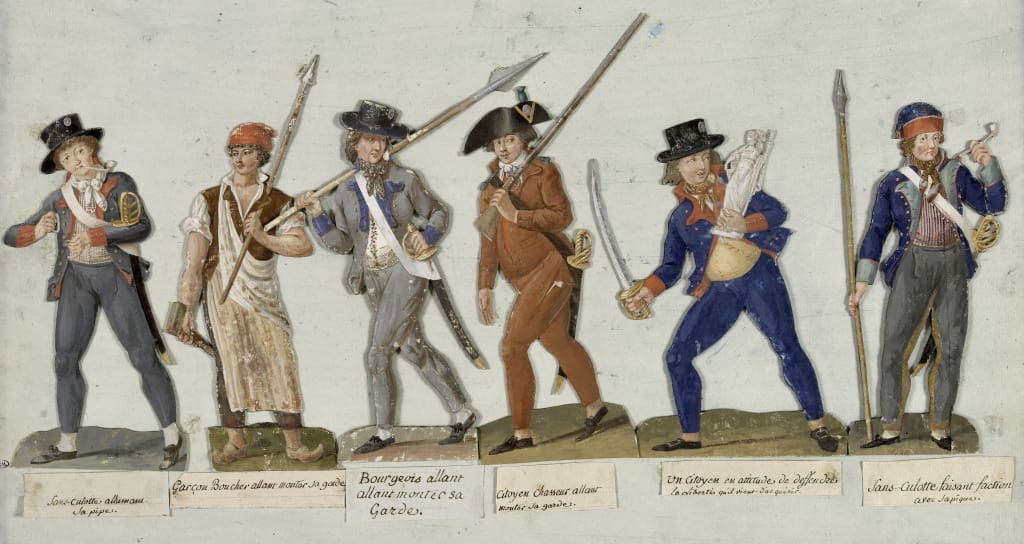

In ancient Rome freed slaves wore a similar style of hat, called the pileus, to signify their liberty.
Marianne, the national symbol of the French republic, is often depicted wearing a Phrygian cap as she stands atop buildings, monuments and in town squares across France.
It’s not surprising then that the official mascots of the Paris 2024 Olympic and Paralympic Games are called The Phryges, and are based on the cap.
The Olympic mascots, which sell for $A38, are predominantly red with white and blue trim – the colours of France’s famed tricolor flag.
With their big poppy eyes they look like something created in Gaultier’s childhood bedroom and would make a fitting addition to his Fashion Freak Show.
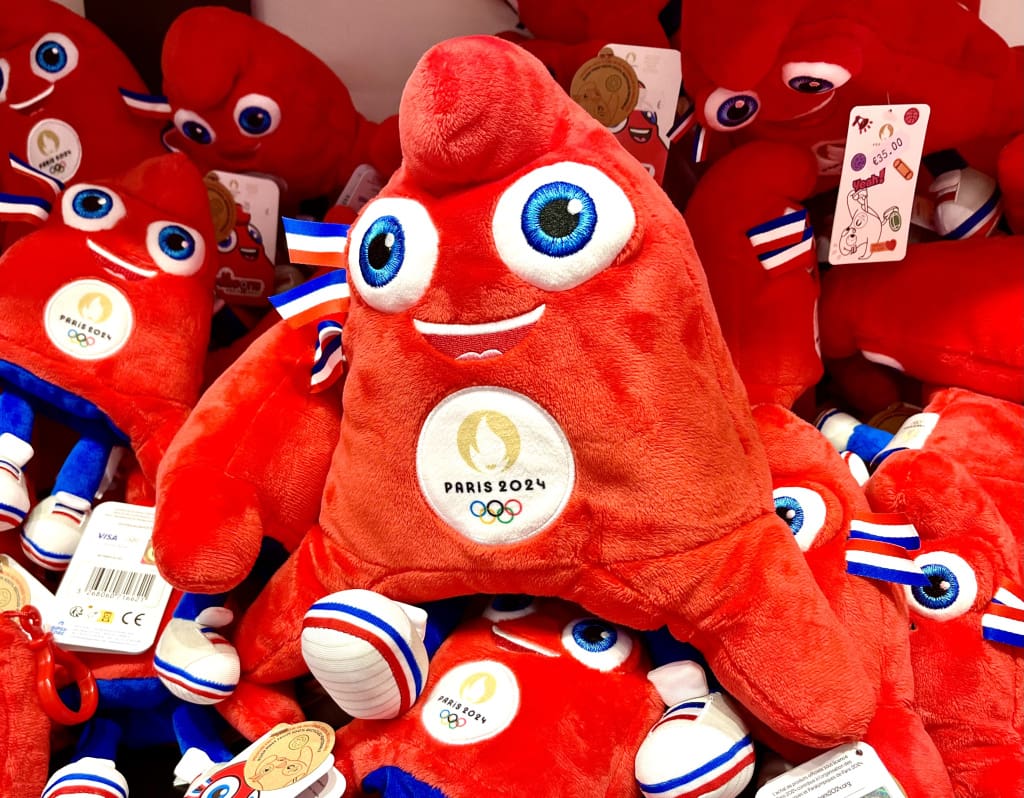

NOTE – This is the latest in a weekly series of “Frivolous facts about France for Olympic bon vivants”. You can read other Frivolous Facts stories by clicking on these topics: French Art | French Architecture | French Sportscars | The French Language | French Wine | French Explorers | French hatred of the British | French Heroes | French Bread | French Inventions | French Olympic History | French Literary Greats | French Films | Famous French Athletes | The French Pacific | French Cafe Society | French History | French Tourism | French Romance | French Food | French Politics | French Work Ethic | The French Revolution.
Louise Evans is an award-winning journalist who has worked around Australia and the world as a reporter, foreign correspondent, editor and media executive for media platforms including The Sydney Morning Herald (eight years), The Australian (11 years) and Australian Associated Press (six years in London, Beijing and Sydney).
A women sports’ pioneer, Louise was the first female sports journalist employed by The Sydney Morning Herald and the first female sports editor at The Australian. Louise went on to work at six Olympic Games, six Commonwealth Games and numerous world sporting championships and grand slam tennis events.
Louise is the Founding Editor of AAP FactCheck, the Creator of #WISPAA – Women in Sport Photo Action Awards and national touring Exhibition and the author and producer of the Passage to Pusan book, documentary and exhibition.
In 2019 she was awarded the Order of Australia Medal (OAM) Queen’s Honour for services to the media and sport and named an Australian Financial Review Top 100 Woman of Influence for services to the arts, culture and sport.
In 2020 she won a NSW Volunteer of the Year Award plus the NSW Government Community Service Award for her women-in-sport advocacy work.

